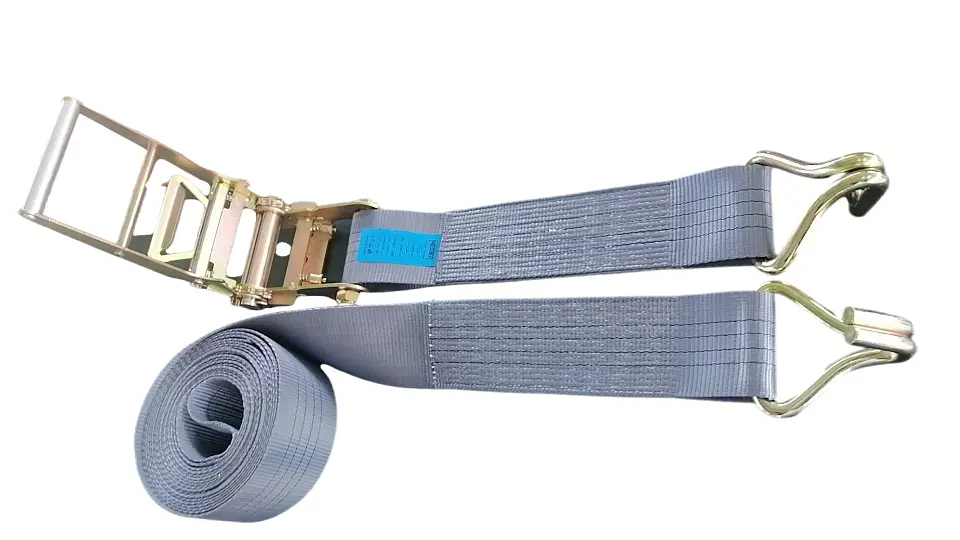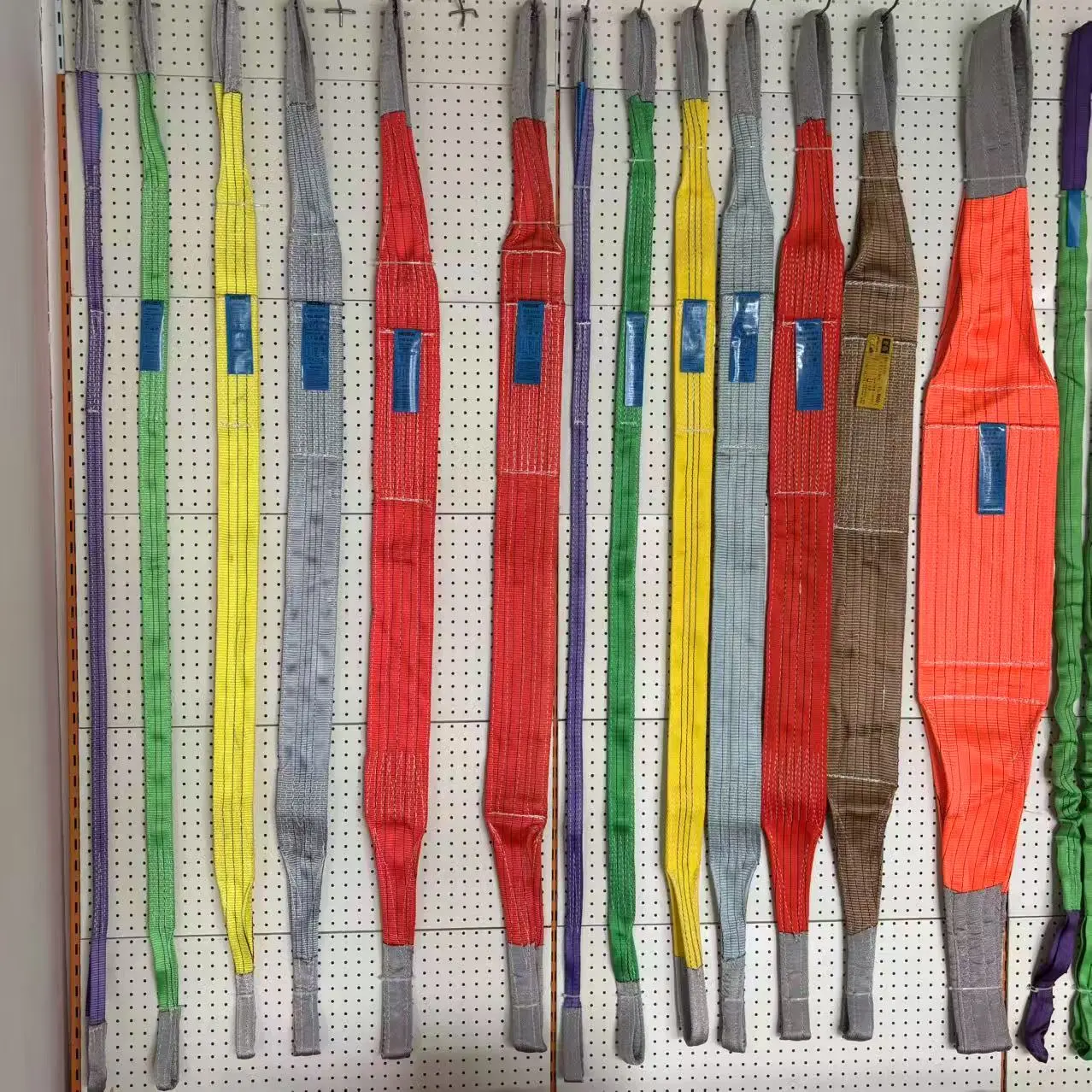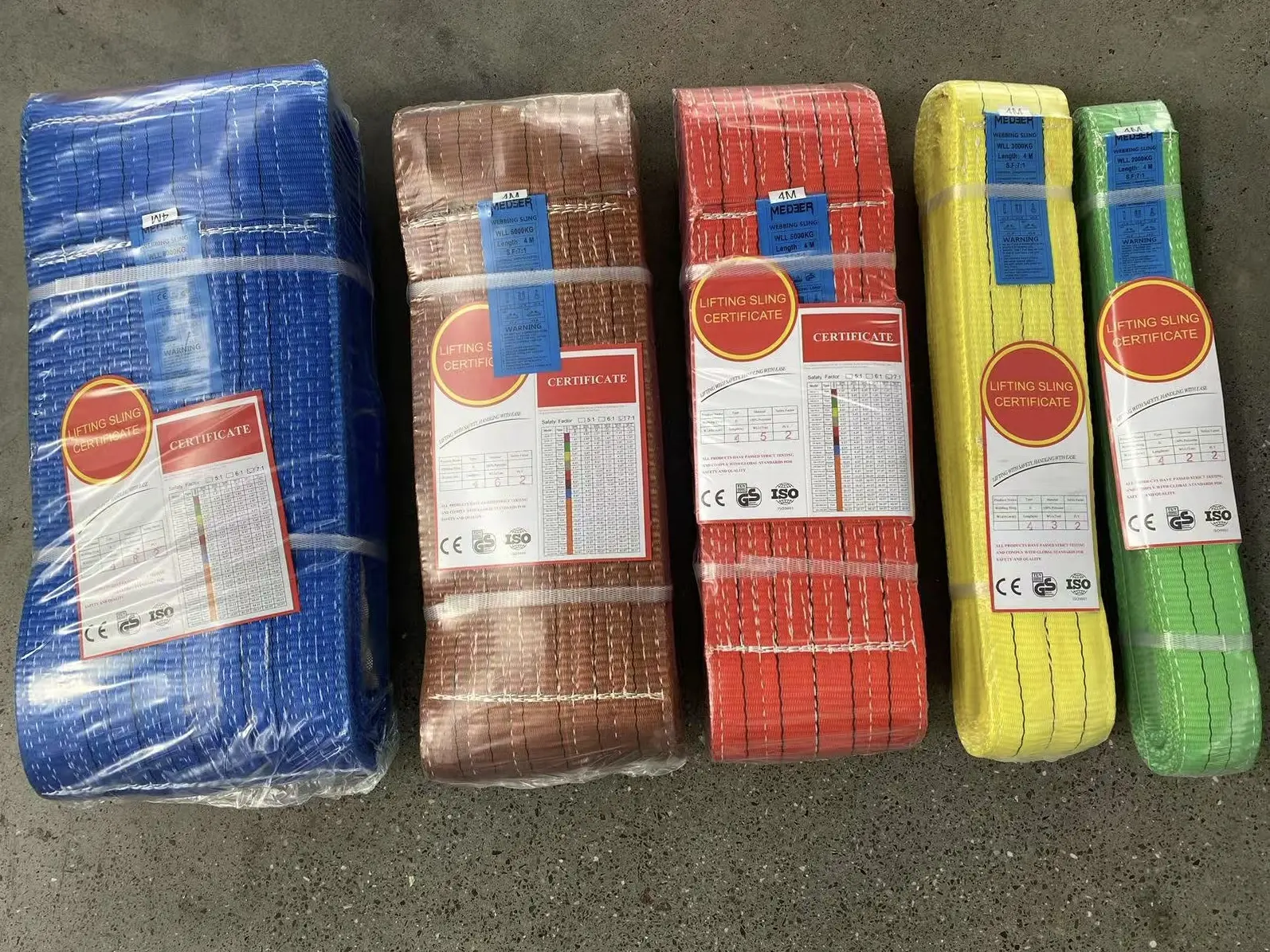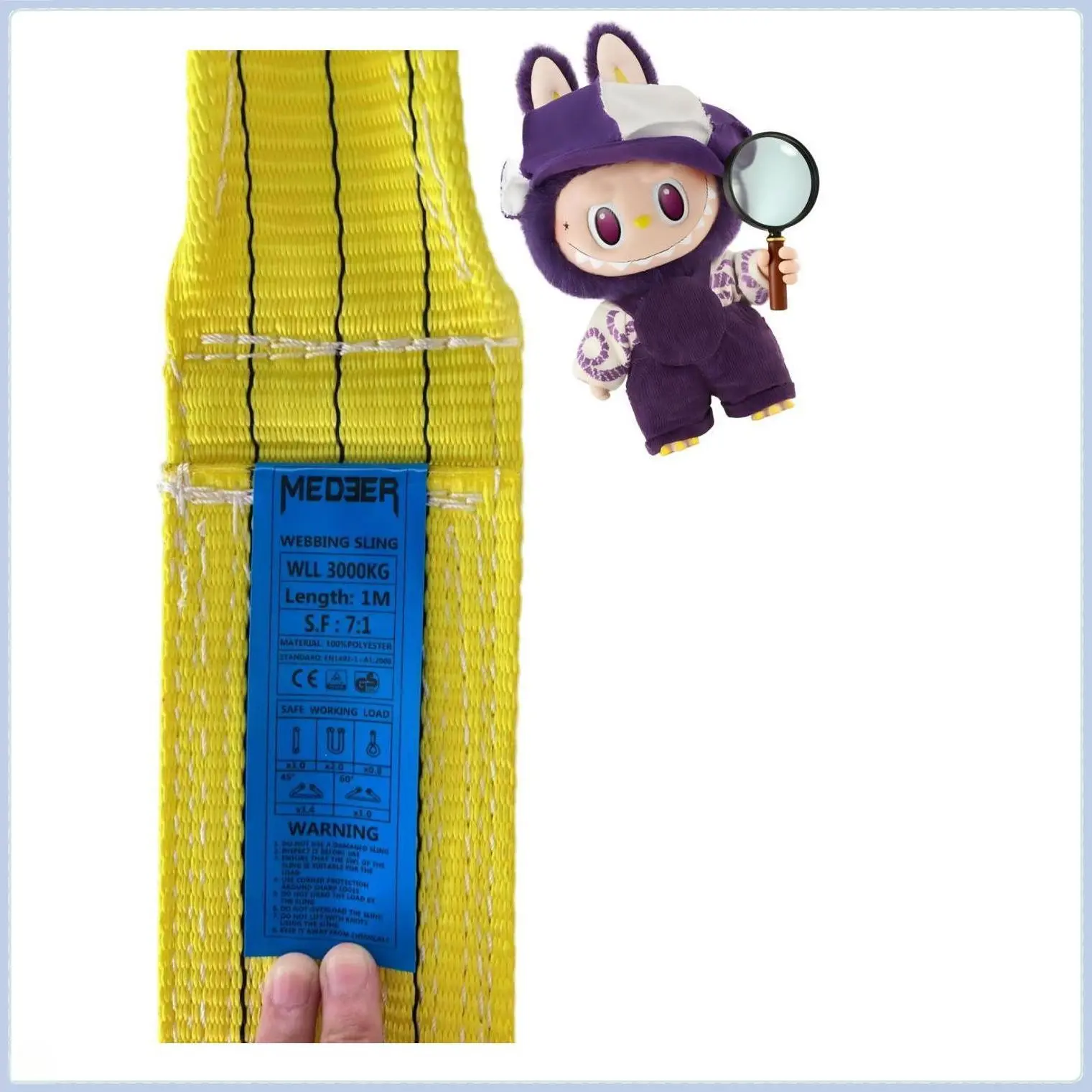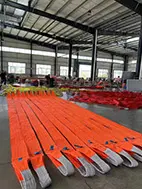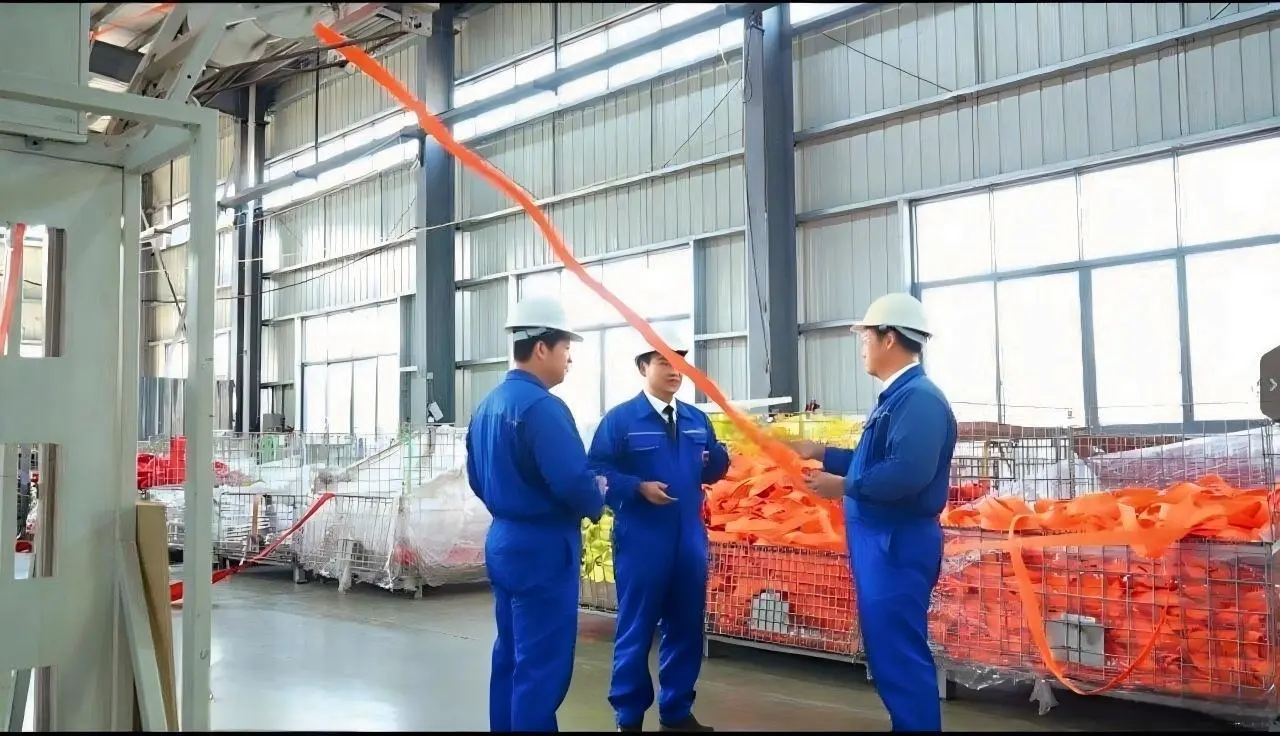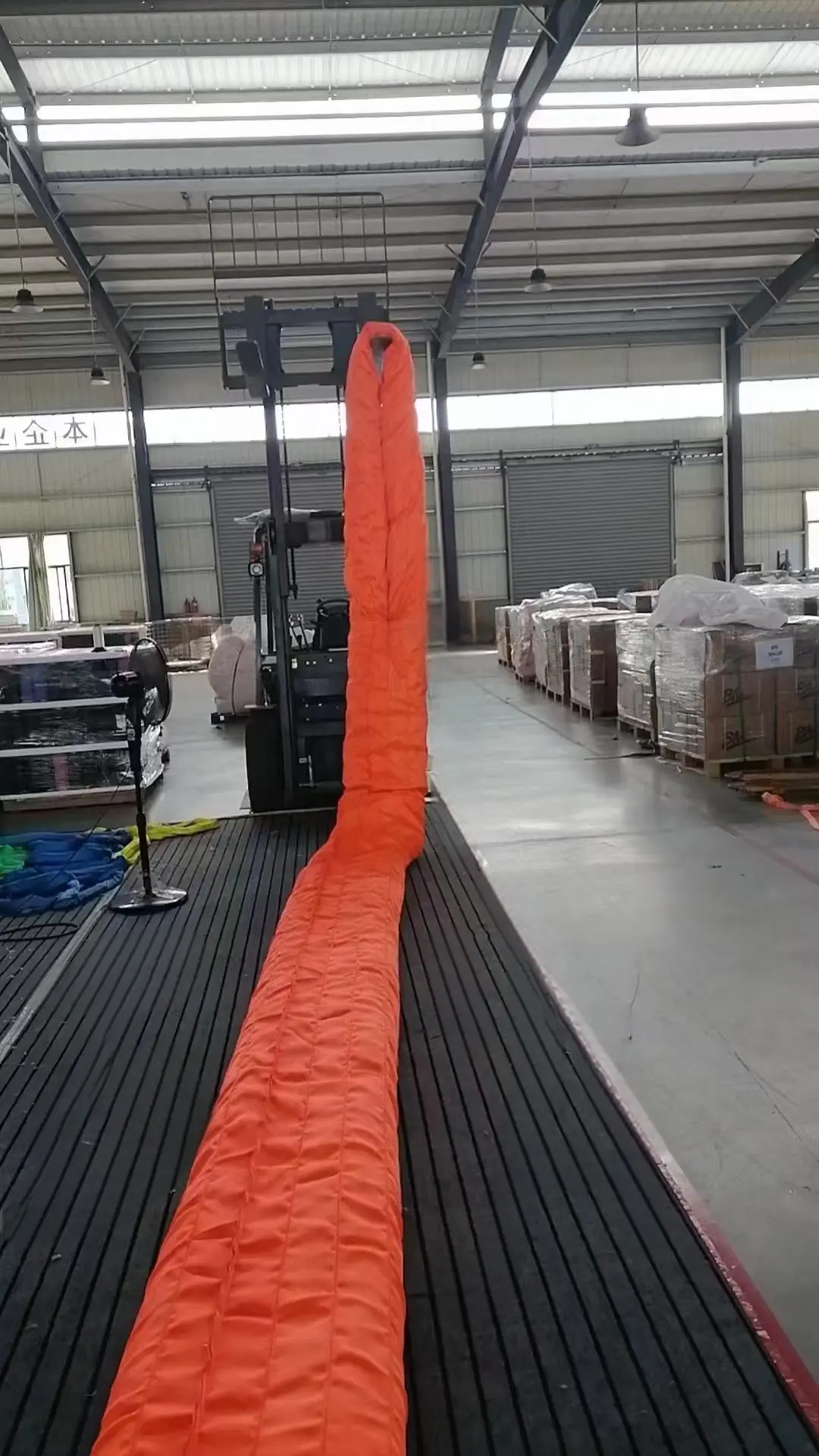Operating, Inspection and Maintenance Requirements for Webbing Sling
Proper Use of Webbing Slings:
1. Pre-use Inspection
Check for any signs of wear, cuts, chemical corrosion, deformation, or stitching breakage.
Ensure labels are clear and the rated load meets operational requirements.
2. Proper Lashing Method
Avoid twisting, knotting, or sharp angle friction; use corner protectors when necessary.
Maintain even force distribution to prevent unilateral pulling and local overload.
3. Lifting Angle Control
When using multiple slings, the angle between them should not exceed 60° (the greater the angle, the higher the actual load).
For example: when two slings are at 90°, each sling will bear approximately 1.4 times the load of vertical lifting.
4. Avoid Dangerous Operations
Prohibit dragging or rolling over the slings; prevent contact with sharp objects.
Do not use for towing, binding, or any other purposes other than lifting.
Daily Inspection Requirements for Webbing Slings:
- Check for any cuts, abrasions, chemical corrosion or high-temperature burn marks on the surface.
- Ensure that the stitching is tight and not broken, and that metal ends are free from deformation or cracks.
- Conduct
tensile testing by professionals to ensure that load-bearing capacity has not decreased. - If local damage or aging is found, the equipment should be downgraded or replaced.
- Severe surface wear, fiber breakage, or stitching separation.
- Exposure to chemical corrosion, high-temperature burns, or use exceeding rated load.
- Fuzzy or illegible labels, unable to confirm specifications and load-bearing capacity.
Maintenance and Storage of Webbing Slings:
- Clean immediately with clean water or neutral detergent after contact with oil, grease or chemicals to avoid corrosion.
- Do not use strong acids, strong alkalis or organic solvents for cleaning.
- Store in a
dry, ventilated, and light-proof environment to avoid moisture and prolonged UV exposure. - Keep away from high temperatures, chemicals and sharp objects to prevent accidental damage.
- Do not hang heavy objects for extended periods to prevent fiber fatigue and deformation.







